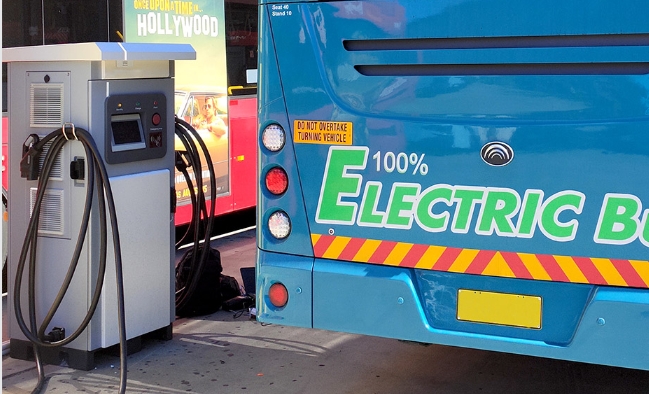By:
Superway - Feb 25 - 2025
The use scenarios of different products in new energy bus charging are very critical. The charging needs of new energy buses are usually closely related to factors such as the type of charging pile, installation location, charging power and charging time.
The following are some major types of charging piles and their respective use scenarios:
Fast-charging DC charging pile
Use scenario: Fast-charging DC charging piles are usually used in places where the battery life needs to be restored quickly, such as urban buses, airports, large public transportation hubs, etc. New energy buses in these places usually need to be charged quickly in a short time to ensure high-frequency operation.
Features: The charging power is large, and it can usually be fully charged to 80% in 30 minutes. Suitable for places with short stay time.
Charging method: Generally, DC fast charging is used, which supports high power output (such as 200kW, 300kW or even higher) and can quickly charge the battery.
Slow charging DC charging pile
Usage scenario: Suitable for places with long stay time and unpressurized charging time, such as bus stations, bus company operation centers, vehicle parking garages, etc. New energy buses here are usually charged at night or during non-peak hours to meet long-term charging needs.
Features: The charging power is relatively low, usually between 60kW-120kW, and the charging time is long, generally 2-4 hours or longer, which is suitable for charging at night or during off-peak hours.
Charging method: DC slow charging, suitable for the centralized charging needs of large-scale fleets.
Wireless charging station
Use scenario: Wireless charging technology is mainly suitable for places such as stations and smart bus hubs, especially when there is no charging pile connected to the power supply, or when manual intervention needs to be reduced.
Features: Charging is carried out through electromagnetic induction. There is no need to plug and unplug the charging gun during the charging process. The charging pile itself can be automatically docked. Although the current technology is still being gradually improved, the convenience and future potential of wireless charging cannot be ignored.
Charging method: The current wireless charging power is usually low, which is suitable for new energy buses that are parked for a long time.
Highway charging station
Use scenario: Charging piles along highways are suitable for new energy buses operating long distances, especially on inter-city and inter-provincial bus routes. These charging piles provide high-speed charging services to meet the needs of fast energy replenishment during long-distance driving.
Features: High-power, fast charging, usually high-power DC charging piles above 500kW, which can provide a large amount of power to the vehicle in a short time to ensure the endurance of the bus.
Charging method: High-power DC fast charging, usually using ultra-high-power DC power supply, the charging time is shortened to less than 30 minutes.
Roadside charging pile/parking lot charging
Usage scenario: Suitable for roadside parking or large parking lots in cities. The installation of parking lot charging piles mainly takes into account long-term parking situations, such as daily bus stops, fleet management bases, etc.
Features: The charging pile configuration is relatively flexible and can be customized according to needs. The charging power can be adjusted as needed, usually ranging from 50kW to 200kW.
Charging method: Combine DC fast charging and slow charging, and select the charging mode according to the actual stay time.
Smart charging pile
Usage scenario: Smart charging piles are mainly used in operation centers and large fleet management platforms, and can realize remote management, data monitoring, fault alarm and charging scheduling of charging equipment.
Features: These charging piles usually have highly intelligent management functions, support remote control, real-time data monitoring and charging status management. They can also optimize the charging process by connecting to the cloud platform and analyzing operation data.
Charging method: Supports functions such as timed charging and charging optimization scheduling, suitable for large-scale fleet management.
◐ Fast charging piles are suitable for places such as urban bus hubs and airports where fast charging is required;
◐ Slow charging piles are suitable for places where vehicles are parked for a long time, such as fleet management bases and parking lots;
◐ Wireless charging is a future technology that can be used in places without plugging and unplugging;
◐ Highway charging piles are suitable for new energy buses traveling long distances;
◐ Smart charging piles are suitable for large-scale fleets that require efficient scheduling and management.

Leave a Reply
Your email address will not be published. Required fields are marked *